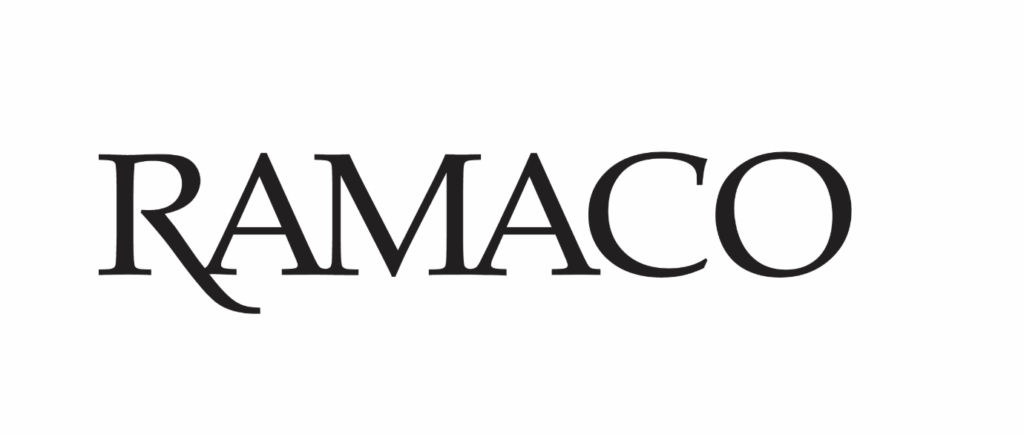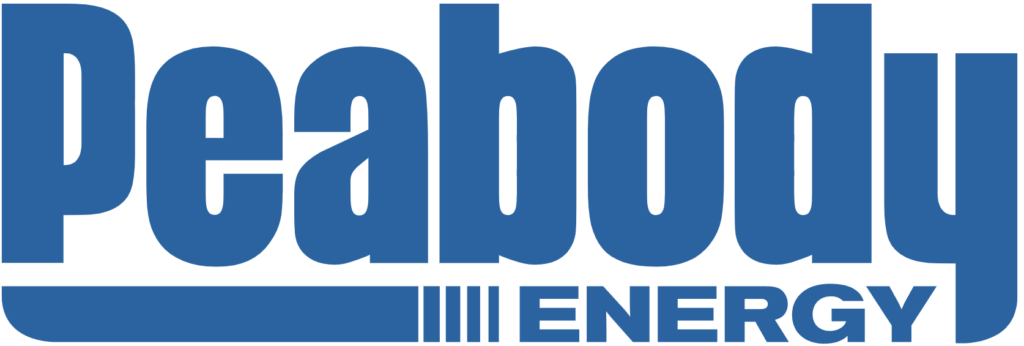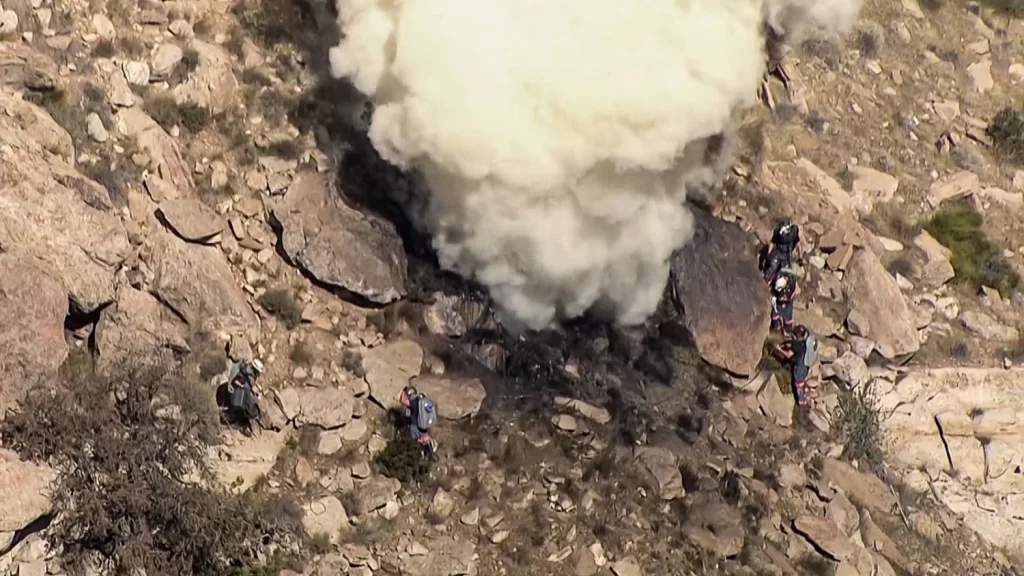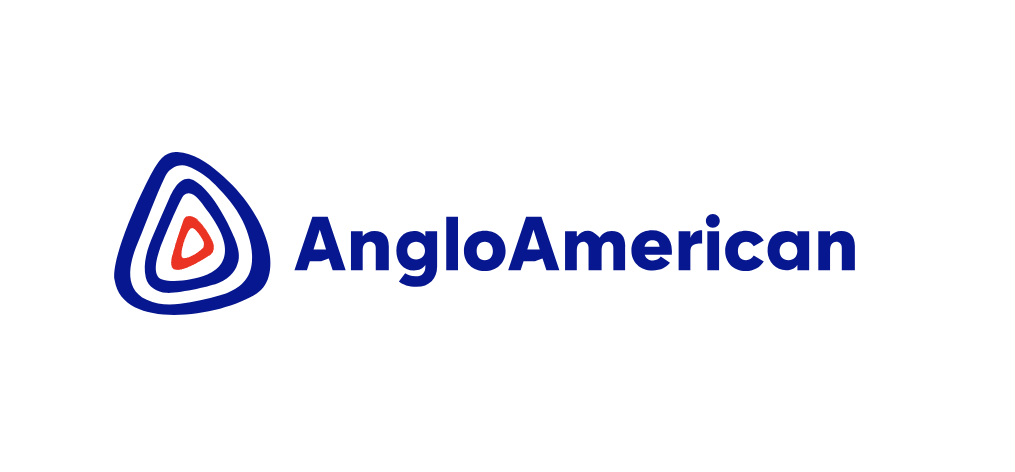India’s production of direct reduced iron (DRI), also known as sponge iron, has seen substantial growth, registering a compound annual growth rate (CAGR) of 8 percent over the last five years. DRI output rose to 51.5 metric tonnes (MT) in fiscal 2024, up from 34.7 MT in fiscal 2019, significantly outpacing the 5 percent growth in crude steel production during the same period, according to a recent report.
India maintains its position as the world’s largest DRI producer, with production expected to surpass 75 MT by fiscal 2030. The market is dominated by small and mid-sized players, who accounted for 71 percent of domestic DRI output in fiscal 2024, while larger companies handled the remainder. Demand for DRI is driven largely by long steel manufacturing, a sector that has grown as India’s construction and infrastructure projects have expanded. Long steel production’s share rose from 51.5 percent in fiscal 2019 to 54.8 percent in fiscal 2024.
India’s DRI production is heavily reliant on the coal-based process, which accounts for nearly 80 percent of production, with the remainder coming from the gas-based route. Although the country is largely self-sufficient in iron ore, it imports 30-40 percent of its coal needs from suppliers such as South Africa and Indonesia.
Iron ore production in India reached 277 MT in fiscal 2024 and is expected to grow at a CAGR of 7-9 percent over the next five years. Pellet production is also set to increase, driven by rising capacity and greater demand from the crude steel sector. Thermal coal supply has grown since fiscal 2024 and is projected to increase further, supported by additional supplies from Coal India Ltd.
Despite the growth in long steel production, industry trends suggest that flat steel production may increase in the coming years, as major steelmakers invest in blast furnace-blast oxygen furnace (BF-BOF) technology. However, in absolute terms, long steel output is expected to remain higher than flat steel for the foreseeable future.
India’s domestic DRI production is primarily dependent on raw materials like iron ore fines or pellets, coal, and natural gas, which continue to be crucial in meeting the demands of the country’s growing steel industry.









